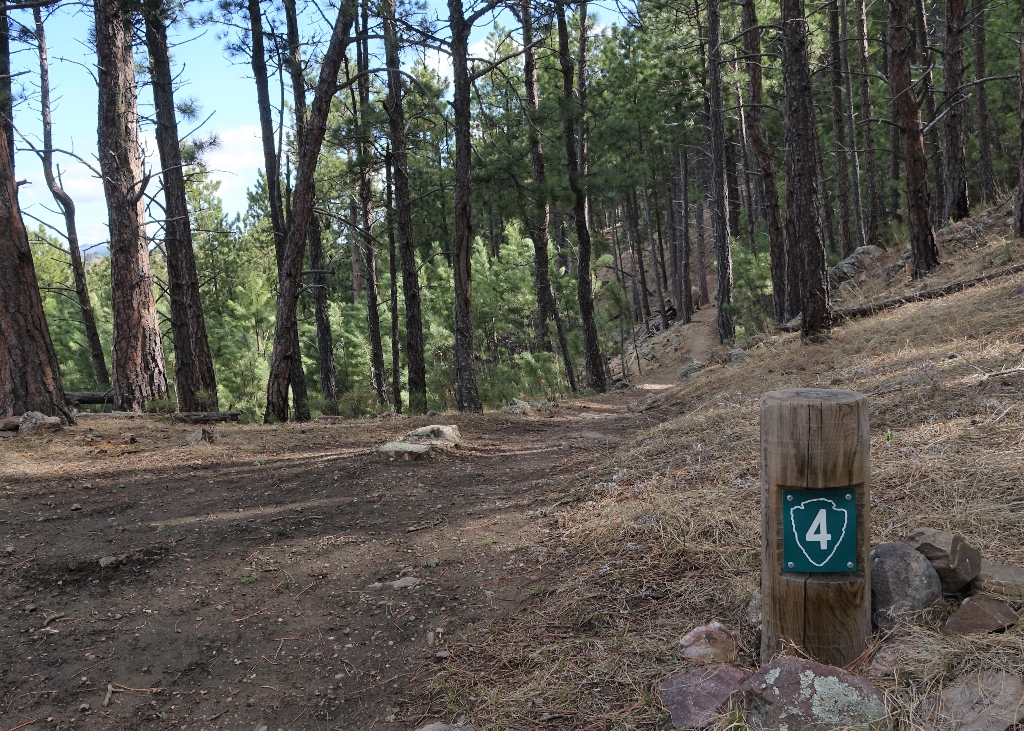
Many factors determine what types of plants will grow in an area. Elevation, latitude, soil, terrain and climate are all significant, but the most important factor is water.
Water from spring rains and snowmelt is critical to plant growth and survival. Wind Cave National Park receives about 17 inches of precipitation a year so it is extremely important for plants and animals to use it efficiently. Because the needles of conifers, such as pine, juniper, and spruce, have less surface area than leaves of most deciduous trees, they are more efficient water users. Therefore, conifers can survive in areas where aspens or cottonwoods would die of thirst.
Is there something we missed for this itinerary?
Itineraries across USA
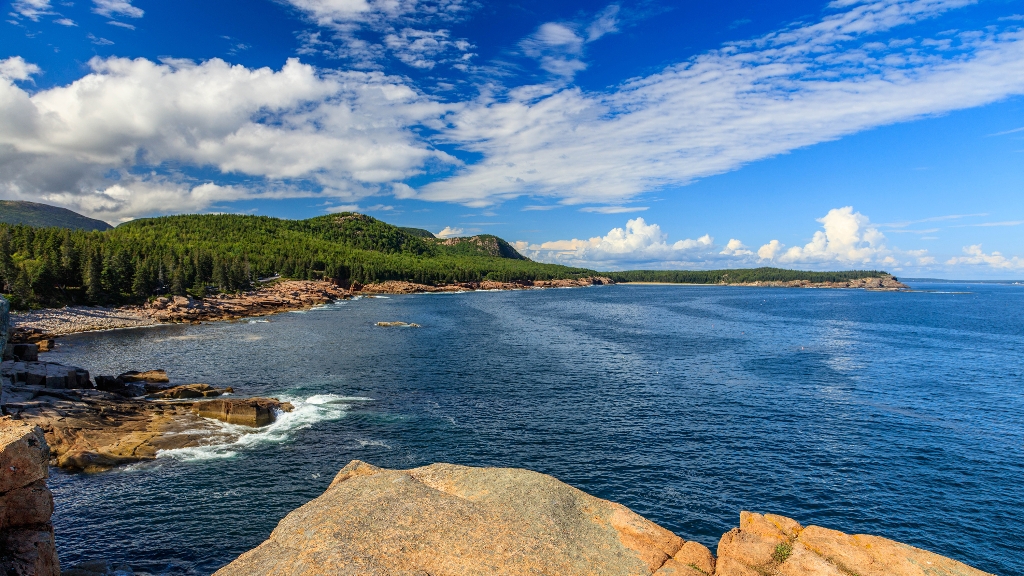
Acadia
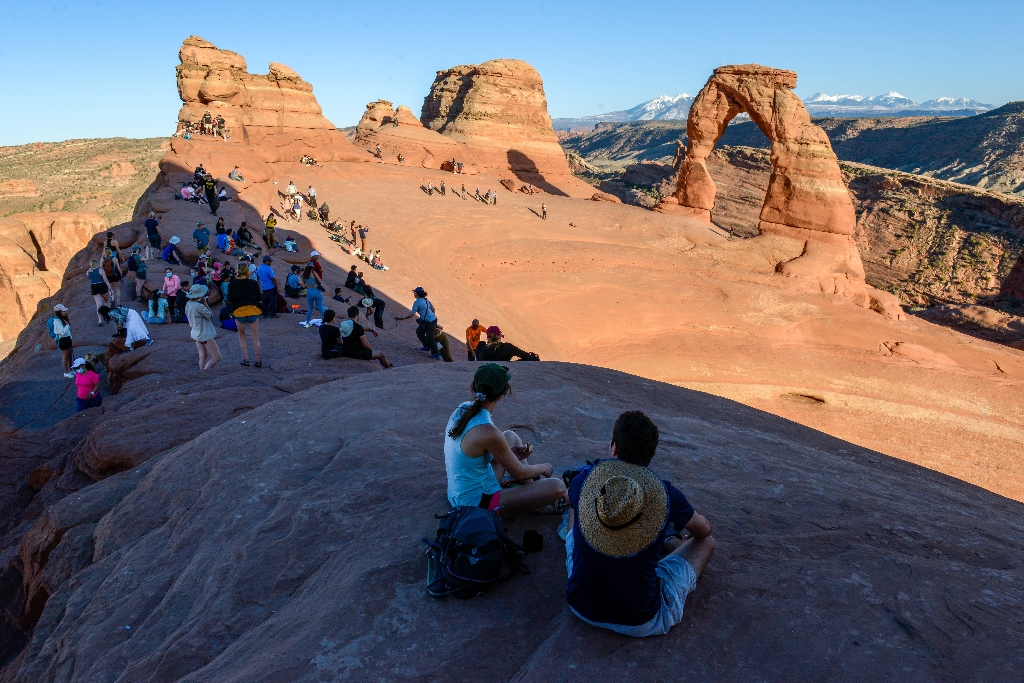
Arches National Park

Badlands
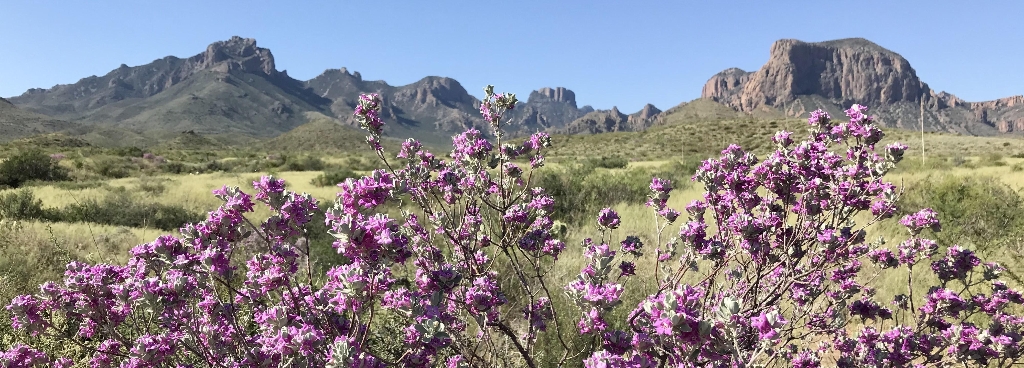
Big Bend
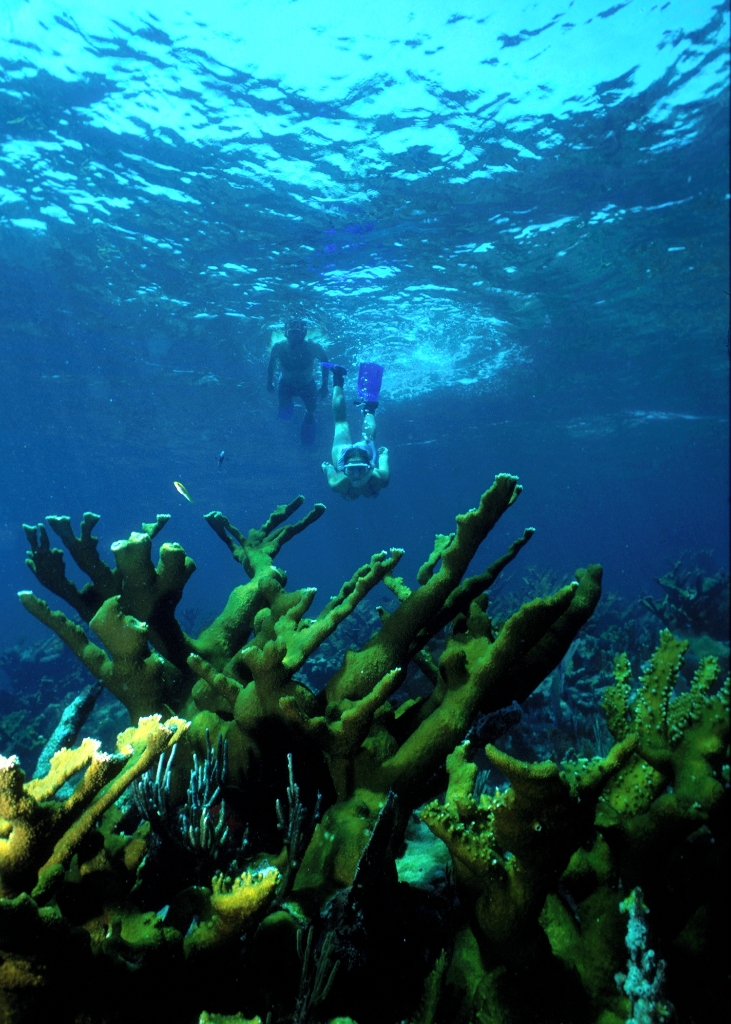
Biscayne

Black Canyon Of The Gunnison
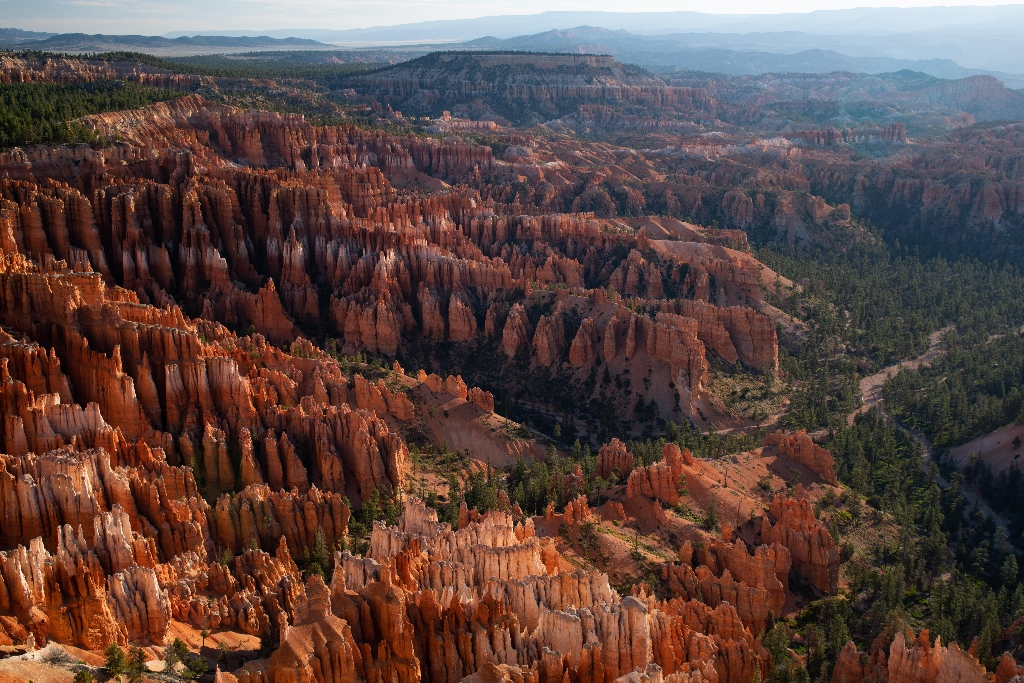
Bryce Canyon
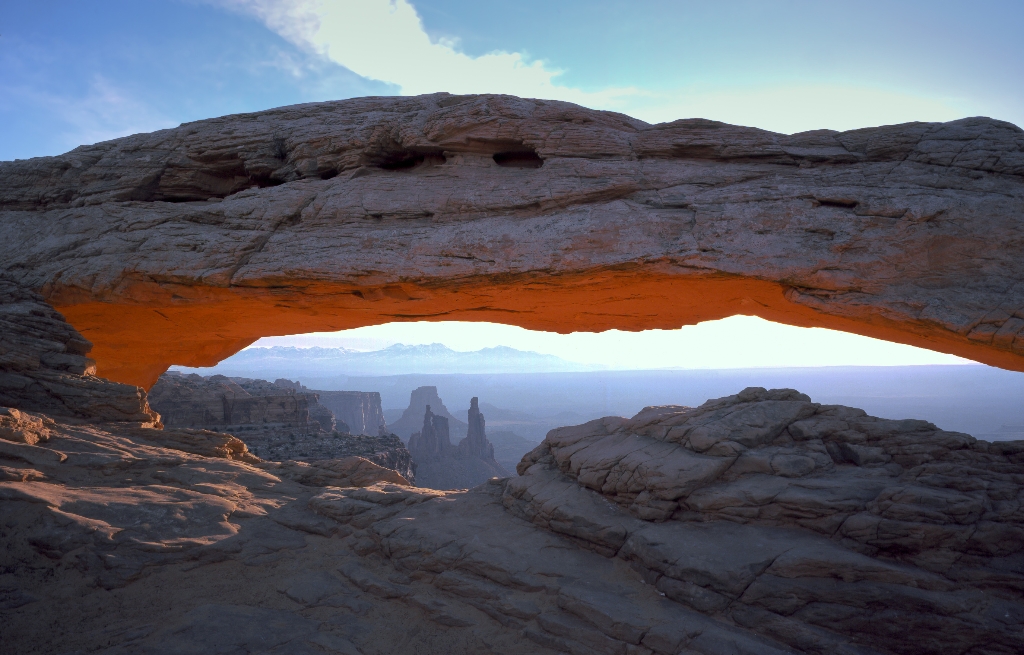
Canyonlands
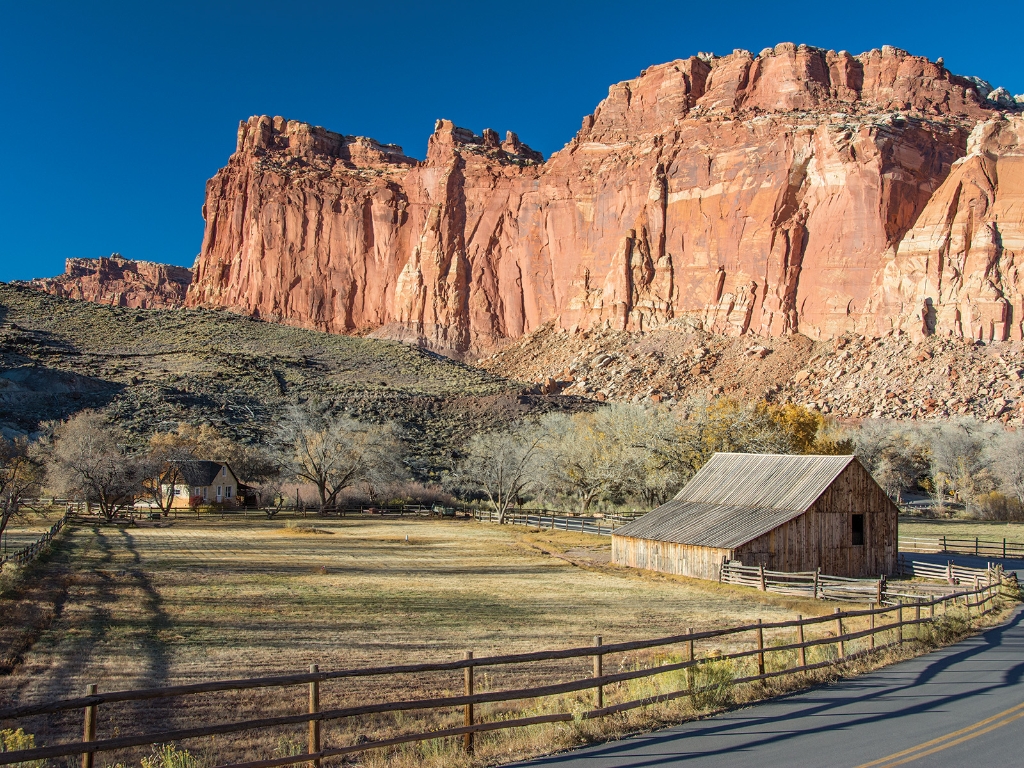
Capitol Reef
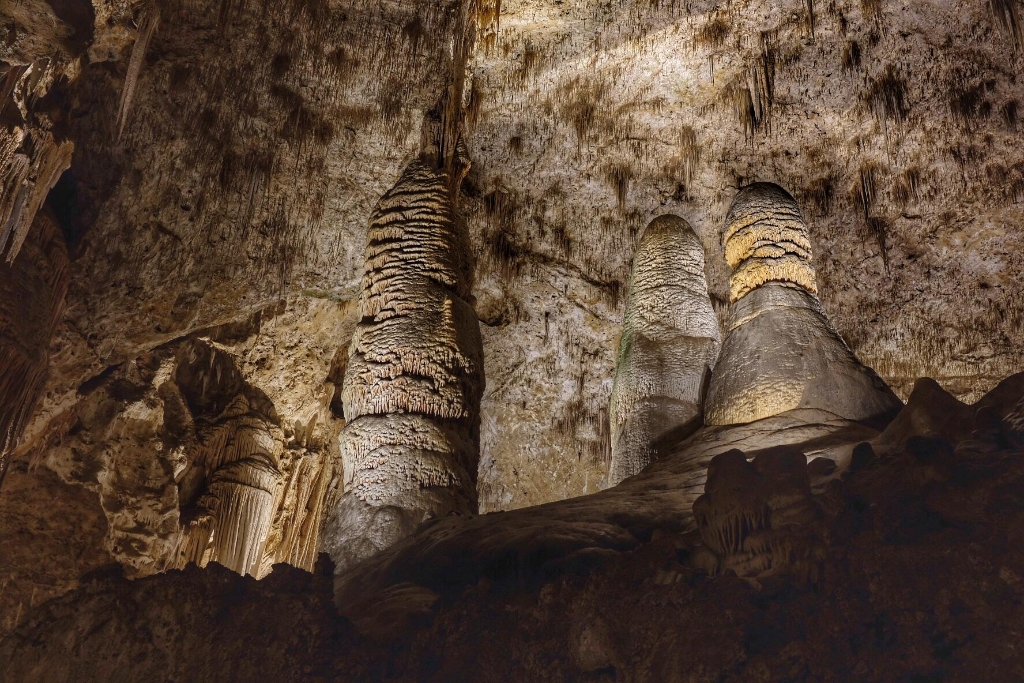
Carlsbad Caverns
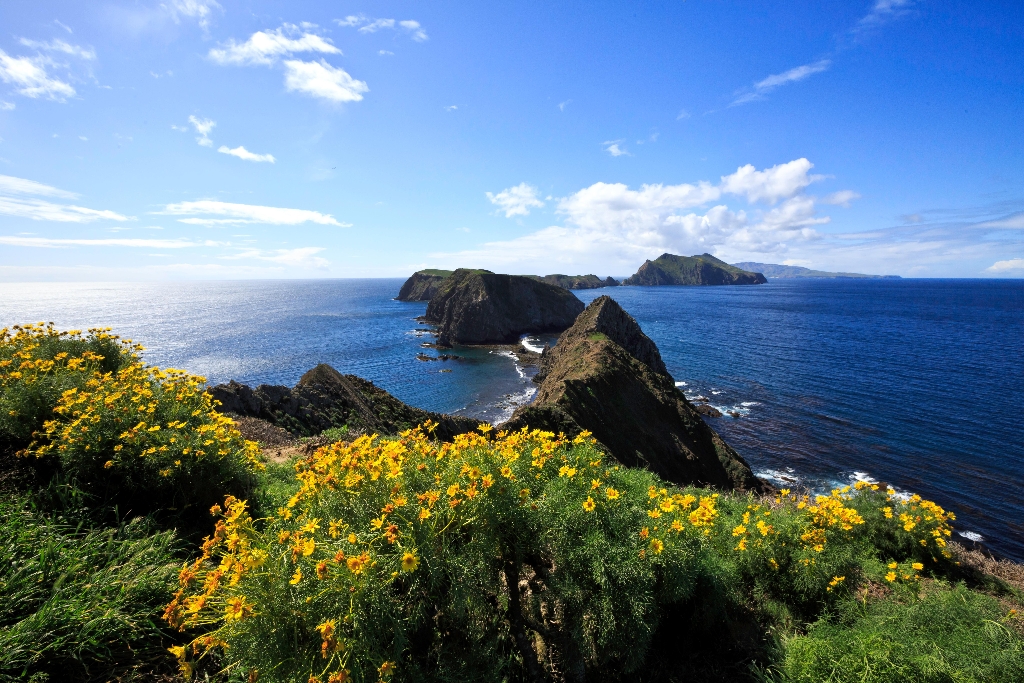
Channel Islands
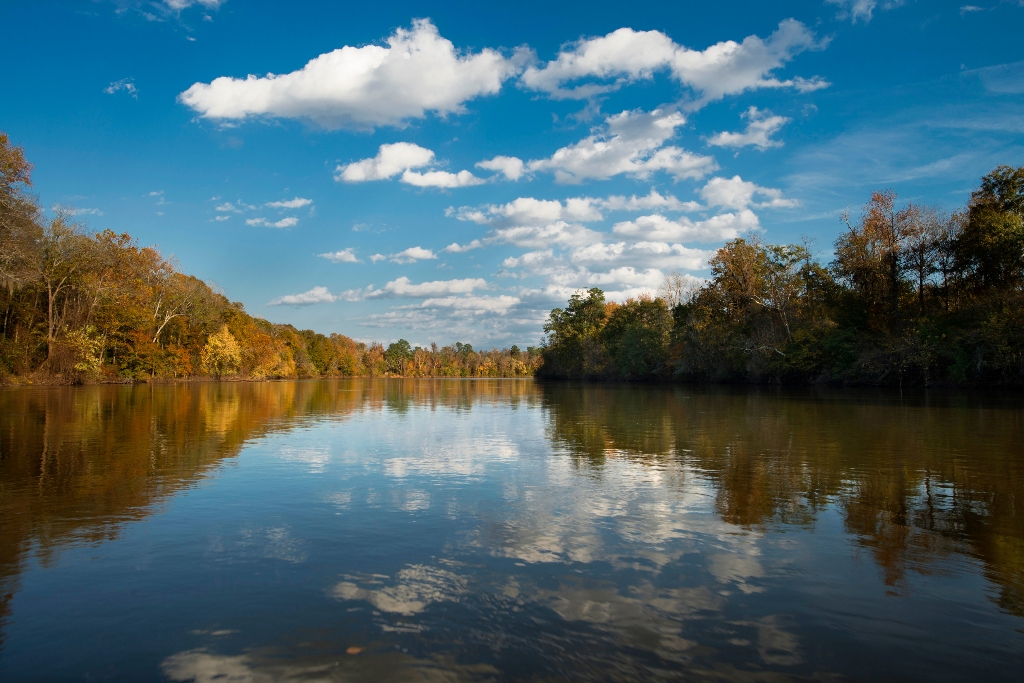
Congaree
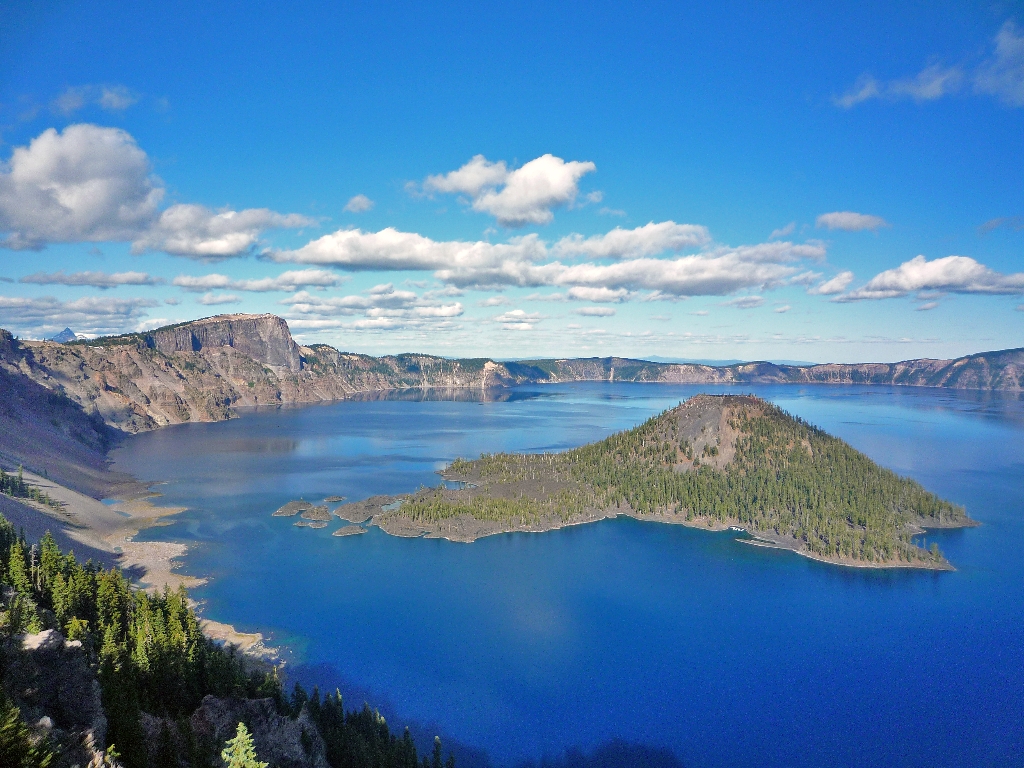
Crater Lake
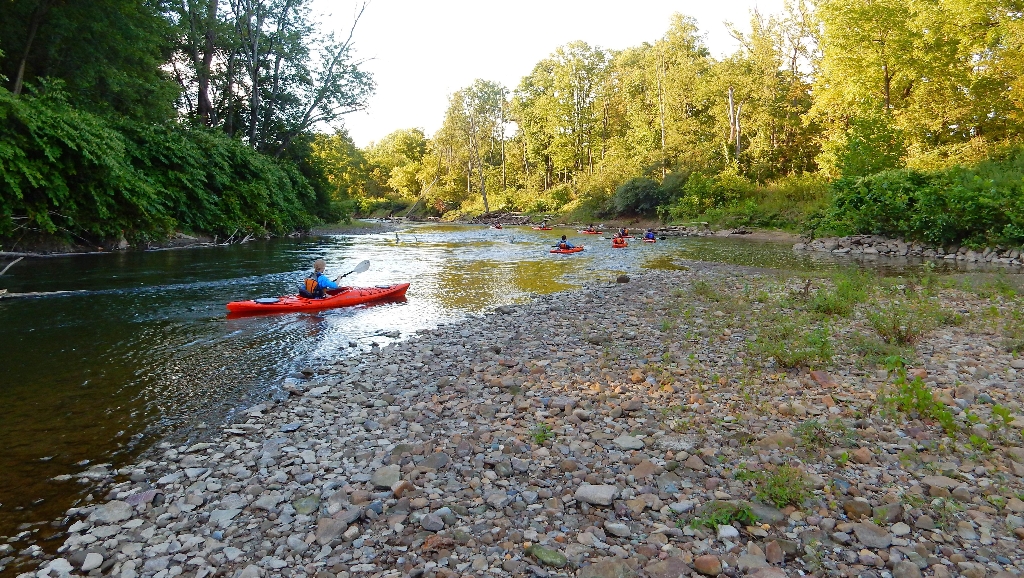
Cuyahoga Valley

Death Valley
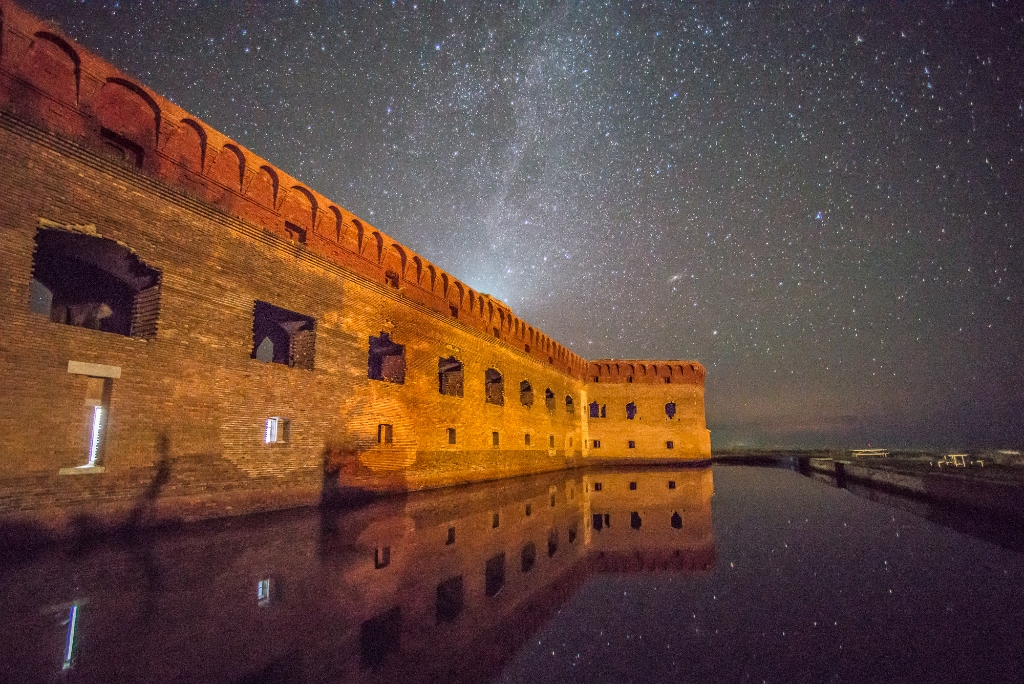
Dry Tortugas
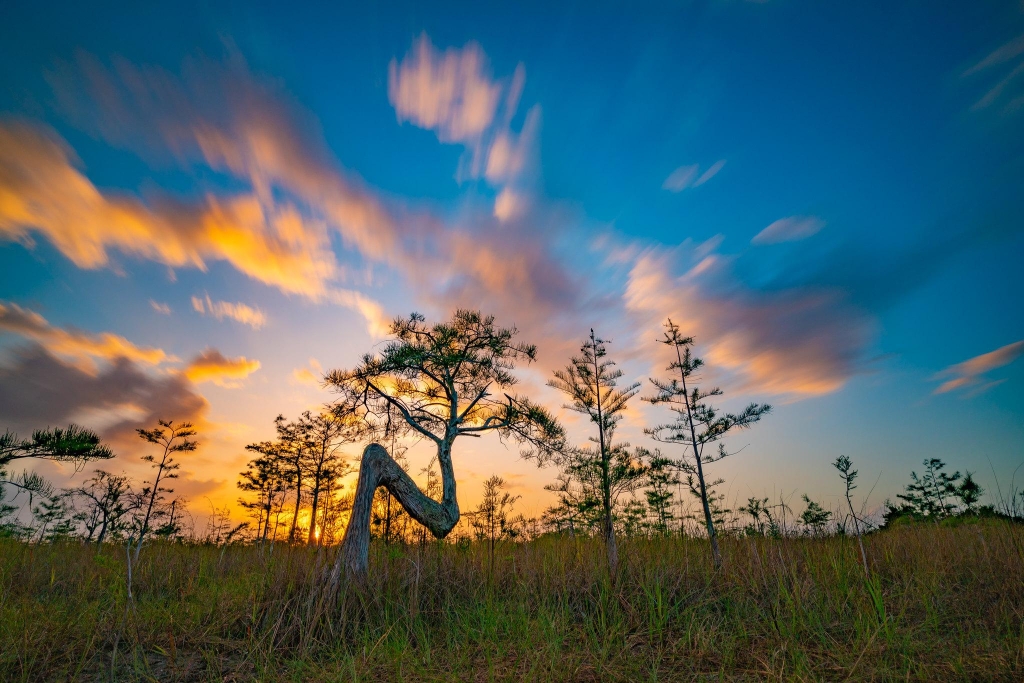
Everglades

Gateway Arch
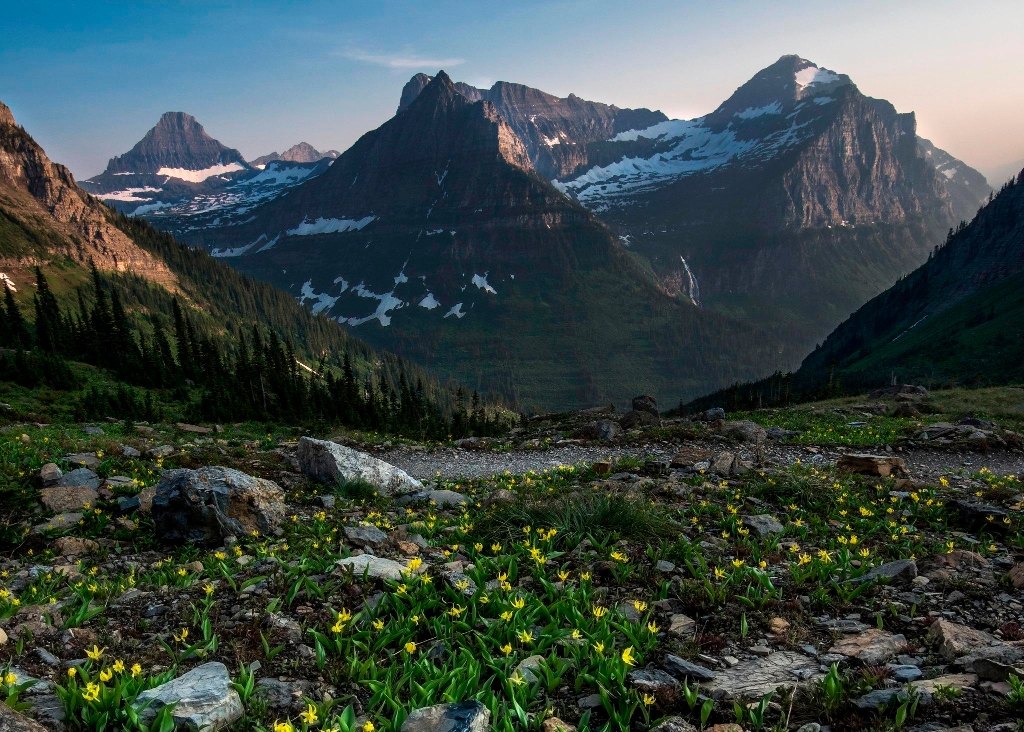
Glacier
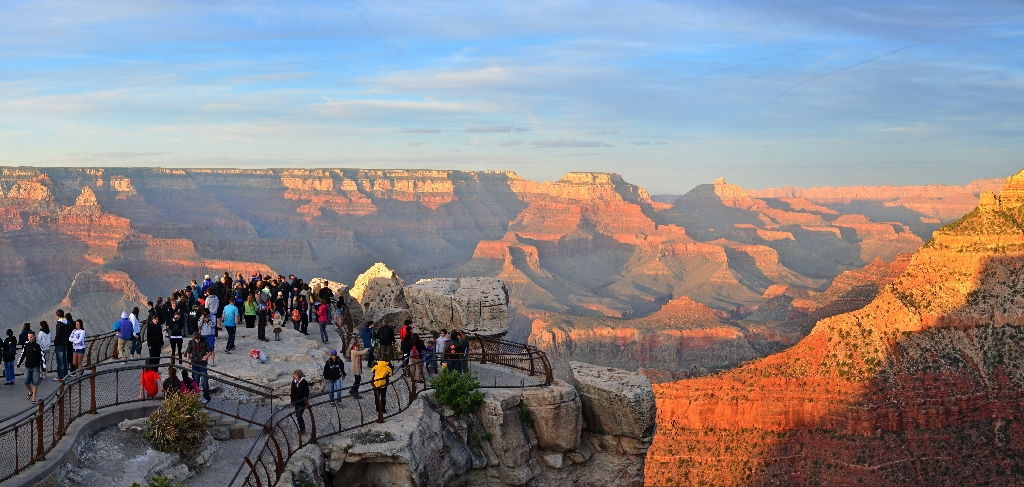
Grand Canyon

Grand Teton
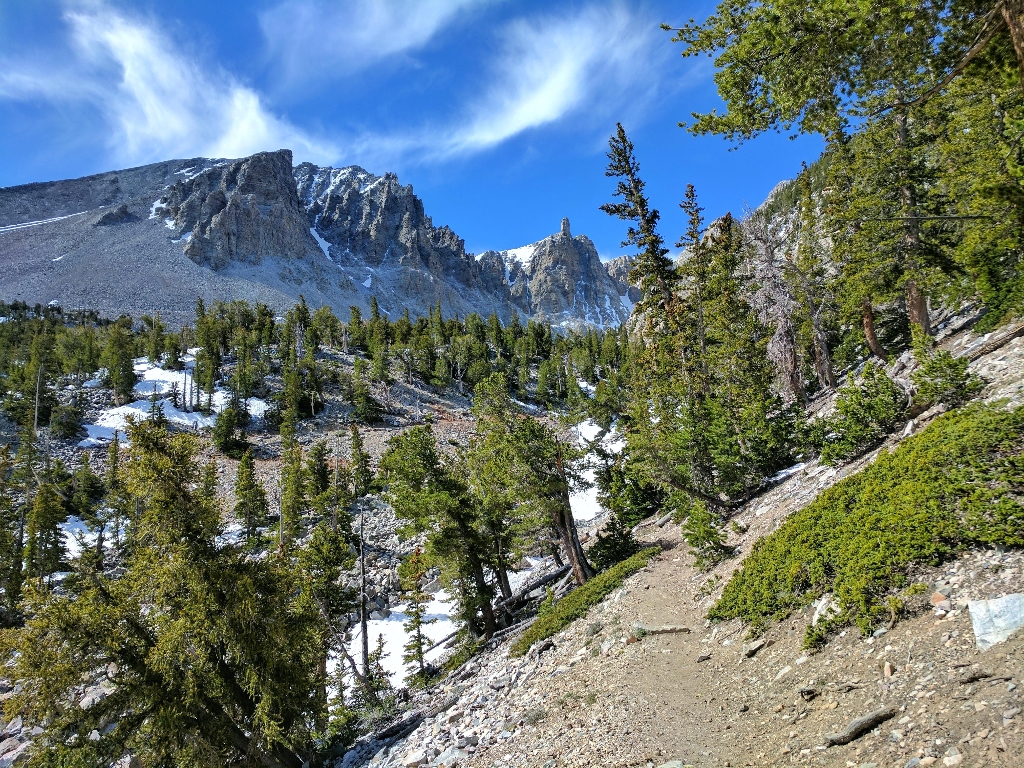
Great Basin
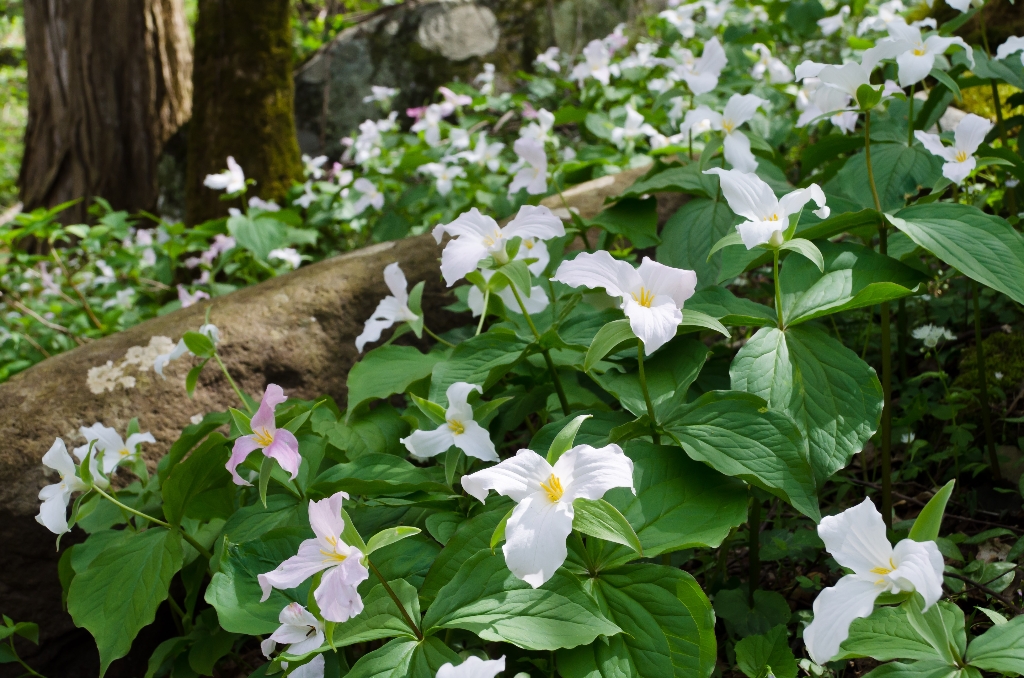
Great Smoky Mountains
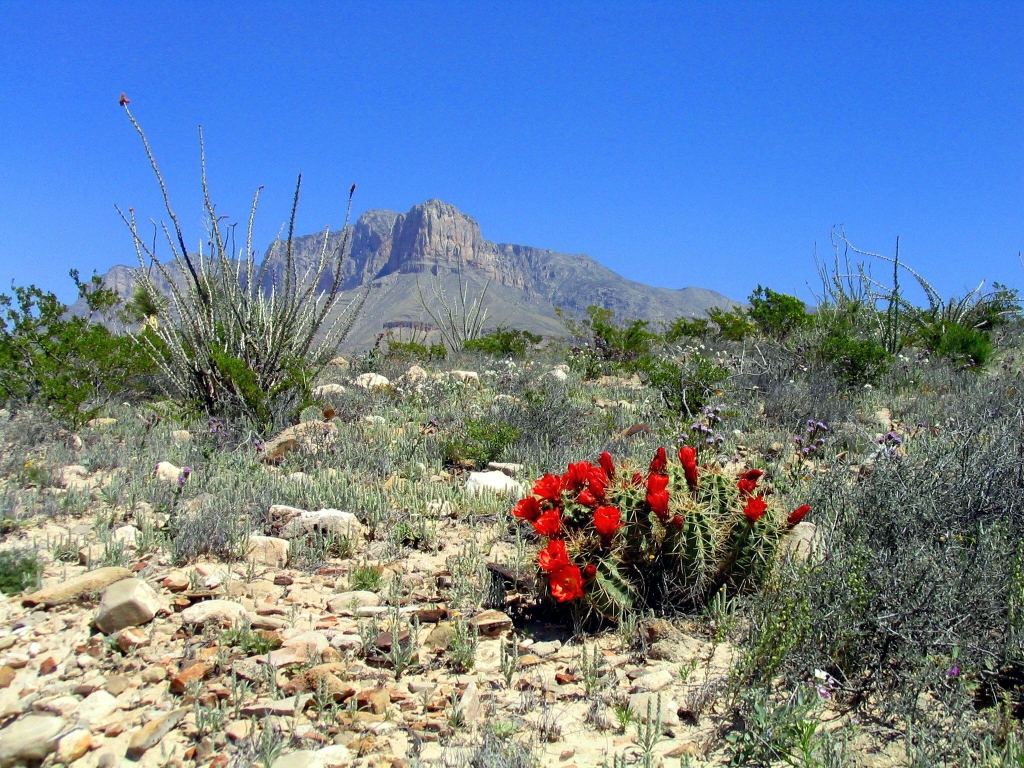
Guadalupe Mountains

Haleakalā
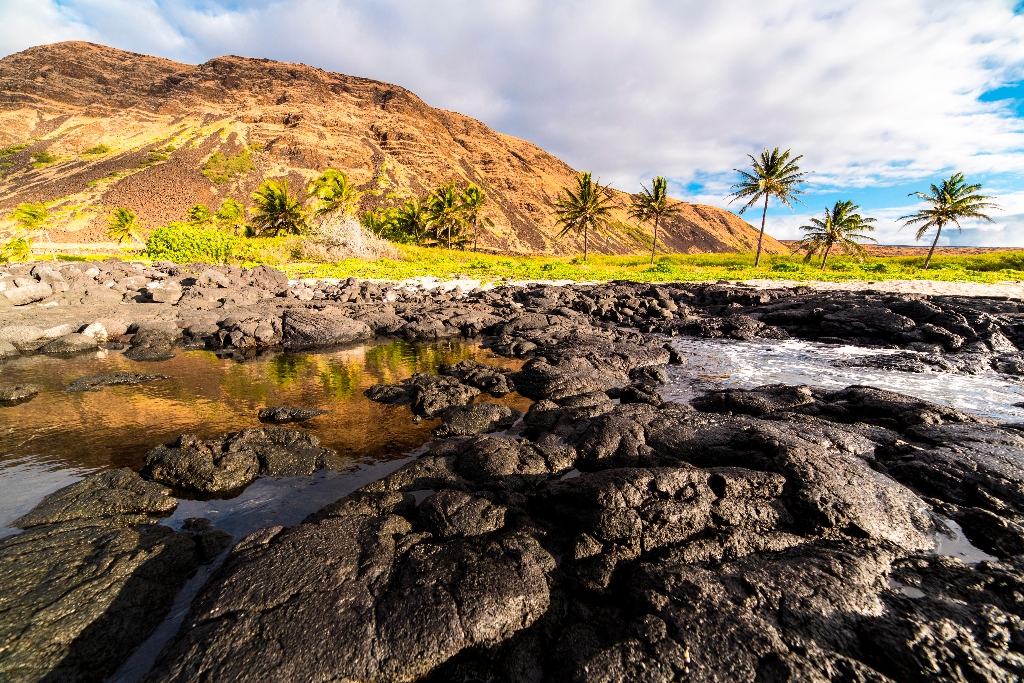
Hawaiʻi Volcanoes

Hot Springs
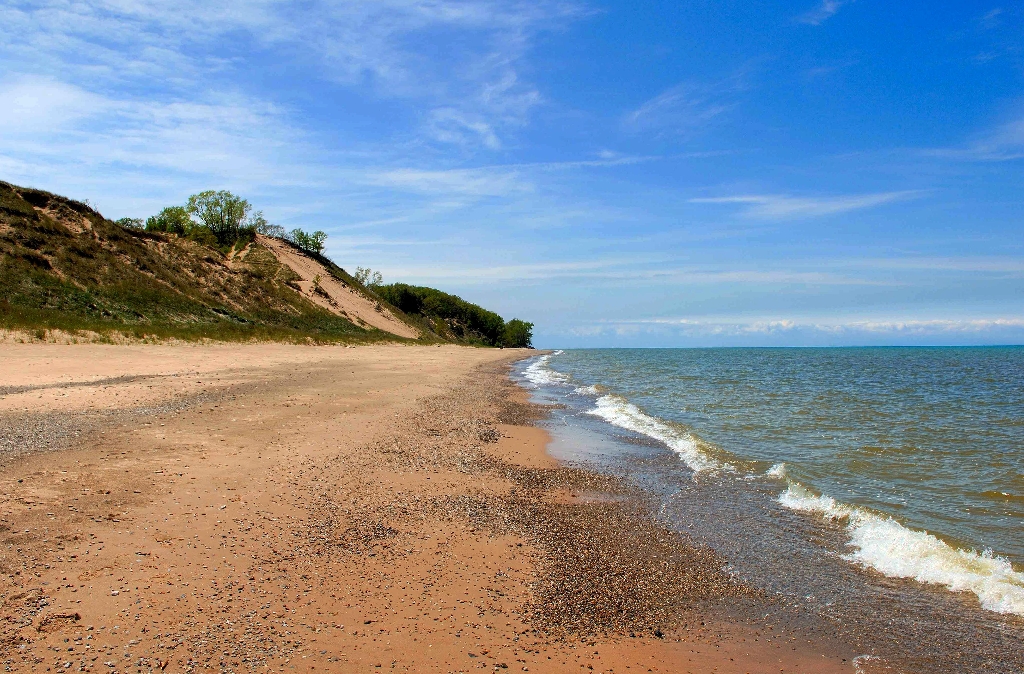
Indiana Dunes
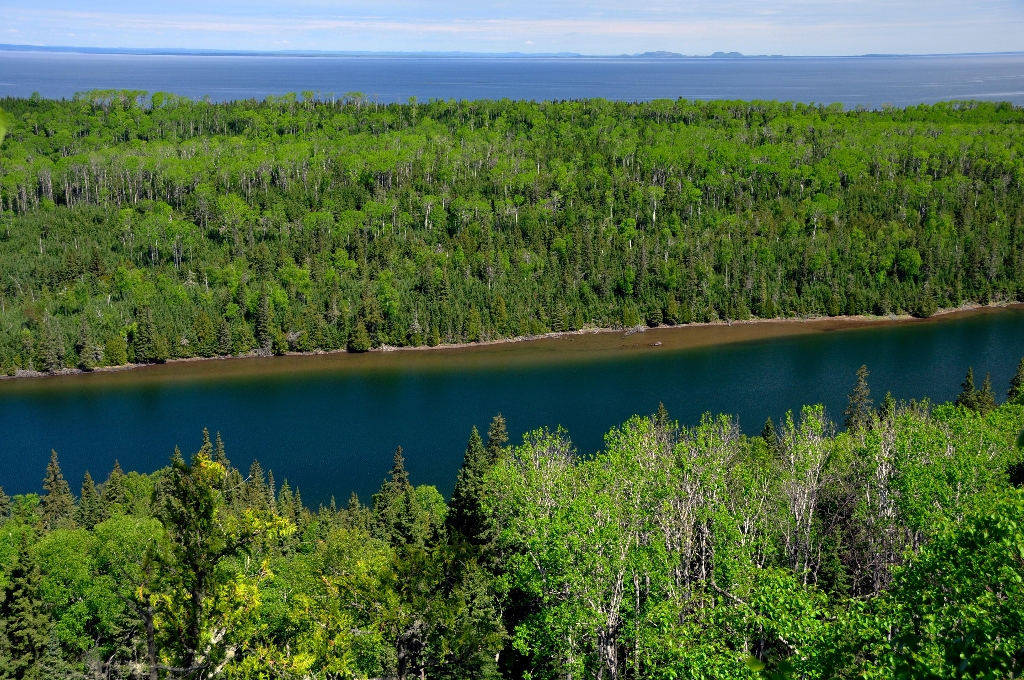
Isle Royale
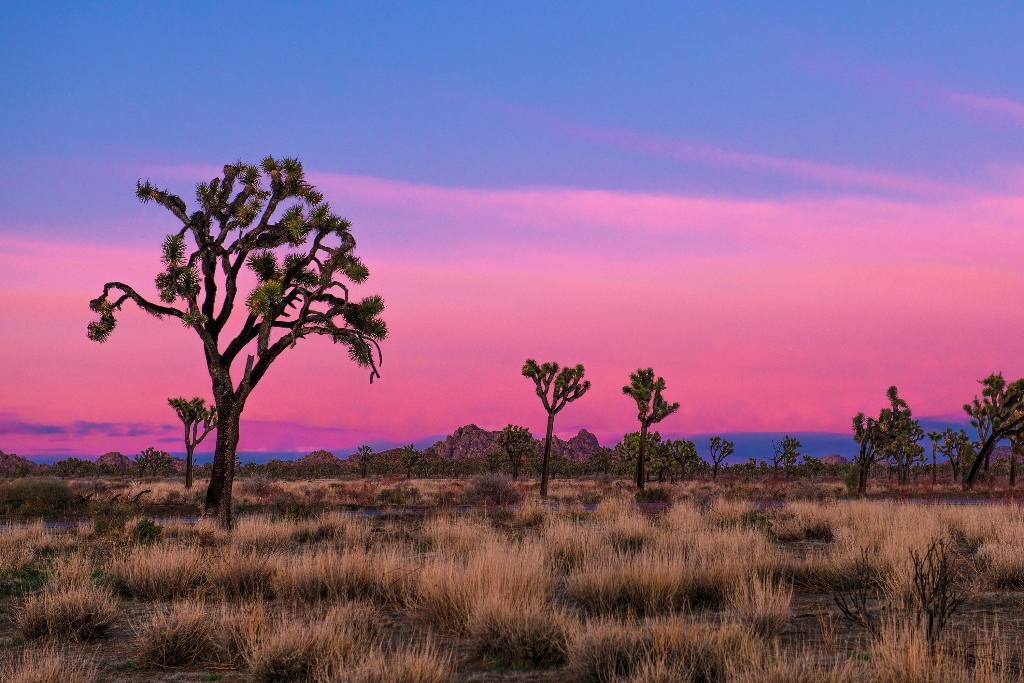
Joshua Tree

Kenai Fjords

Kobuk Valley
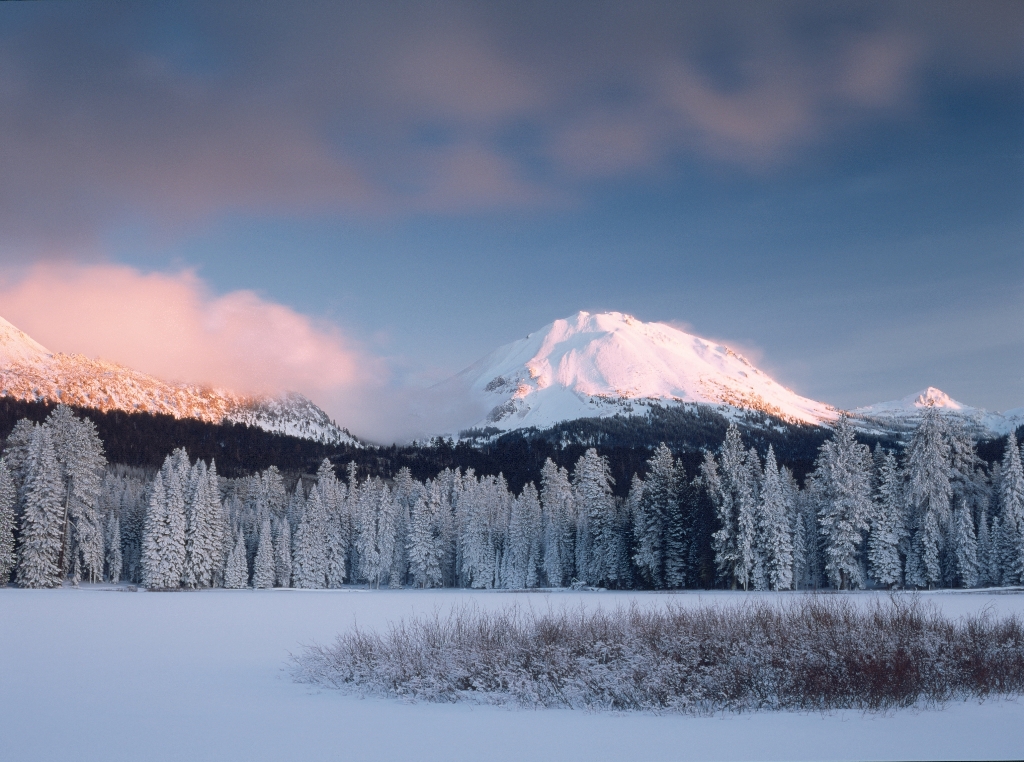
Lassen Volcanic
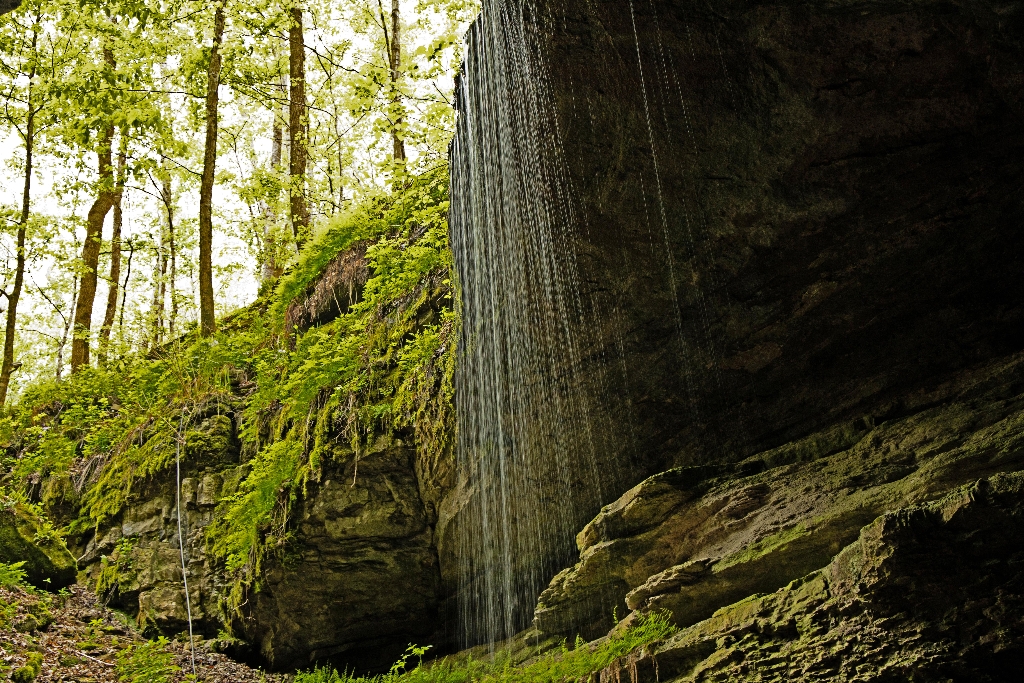
Mammoth Cave
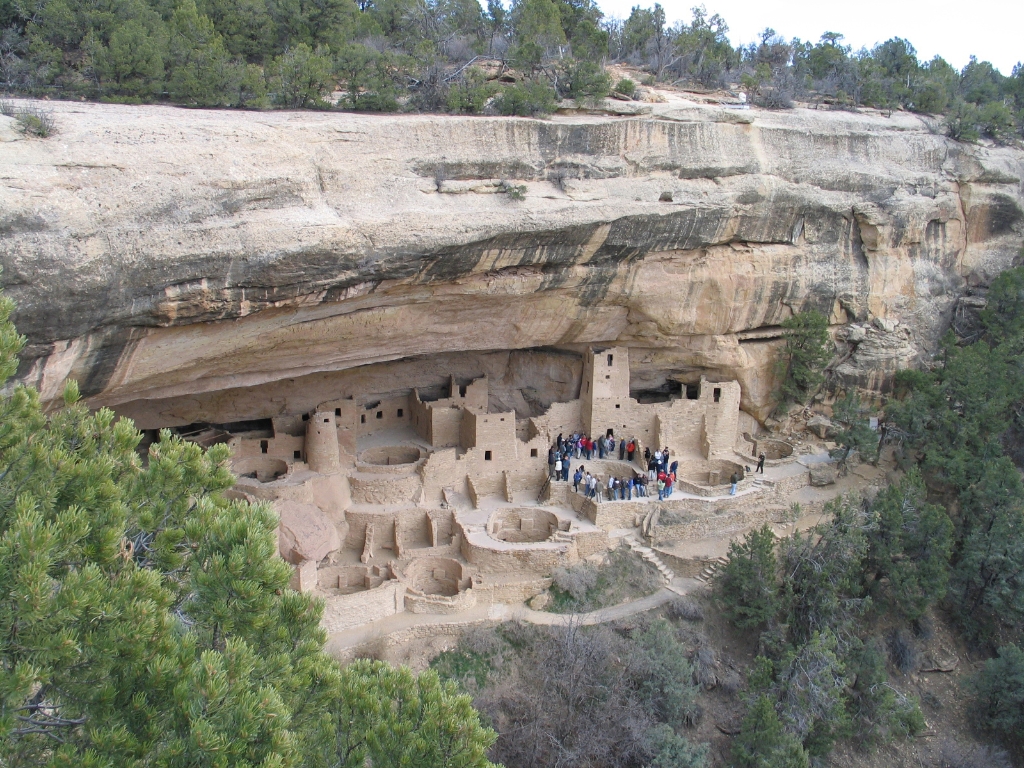
Mesa Verde
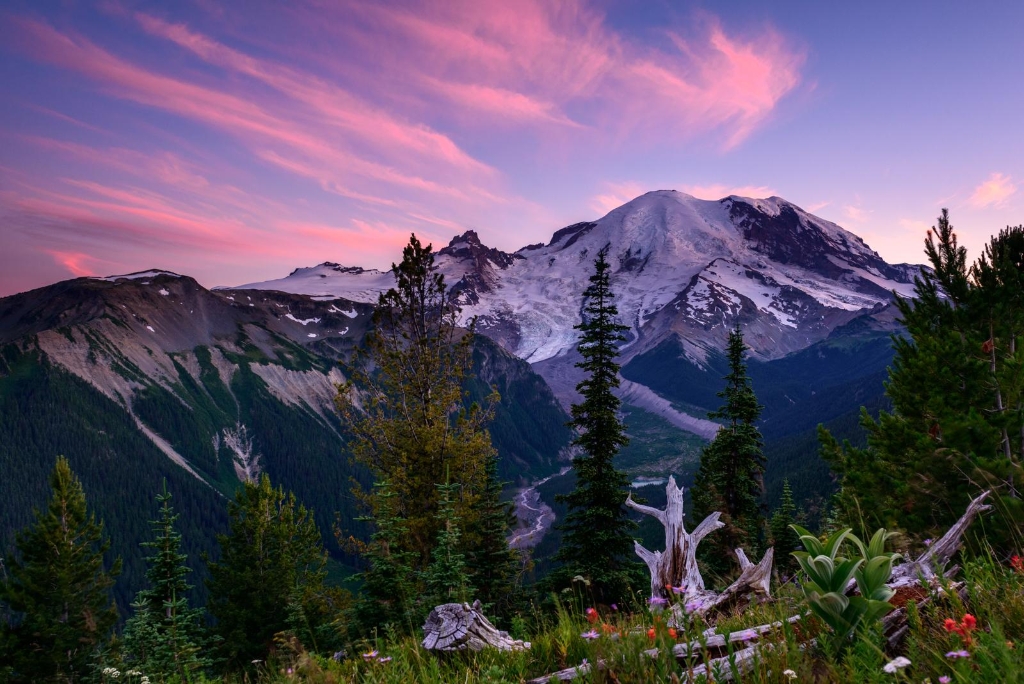
Mount Rainier
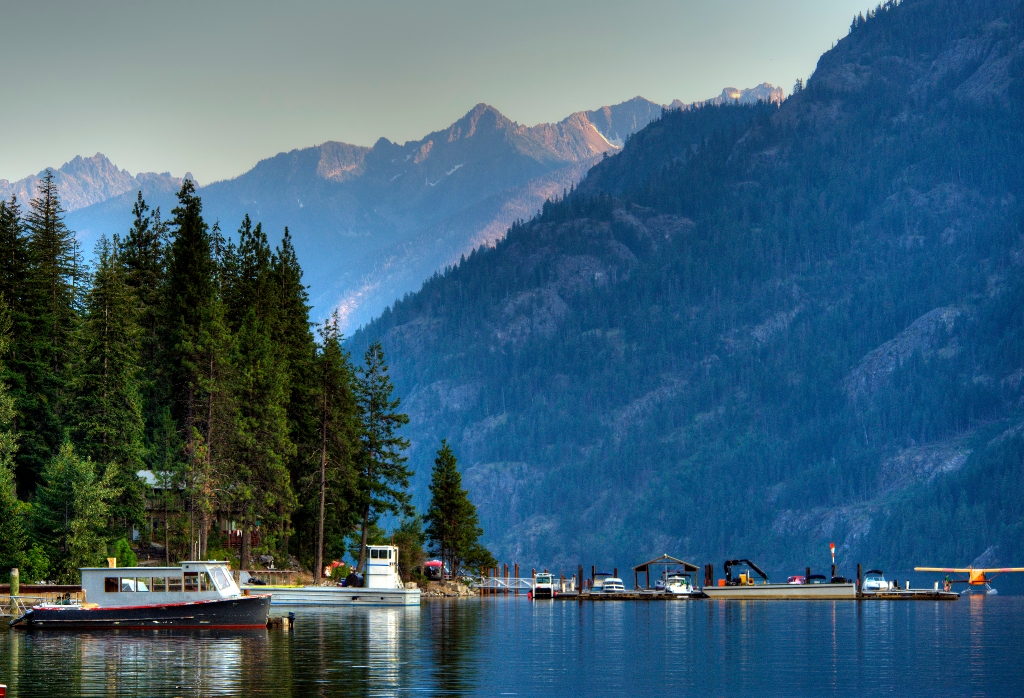
North Cascades

Olympic
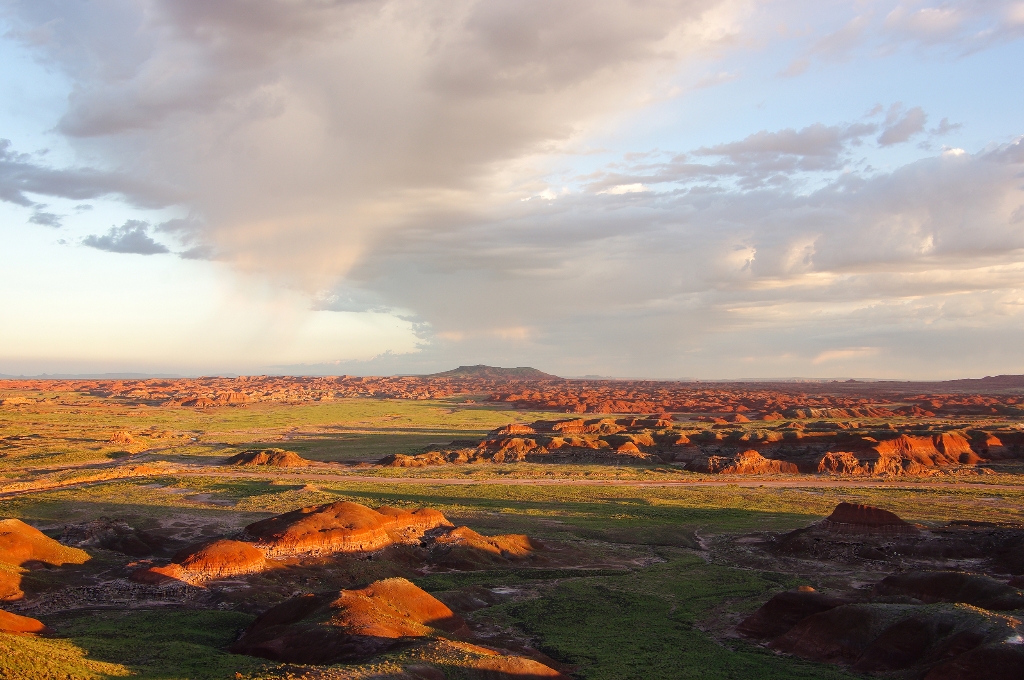
Petrified Forest
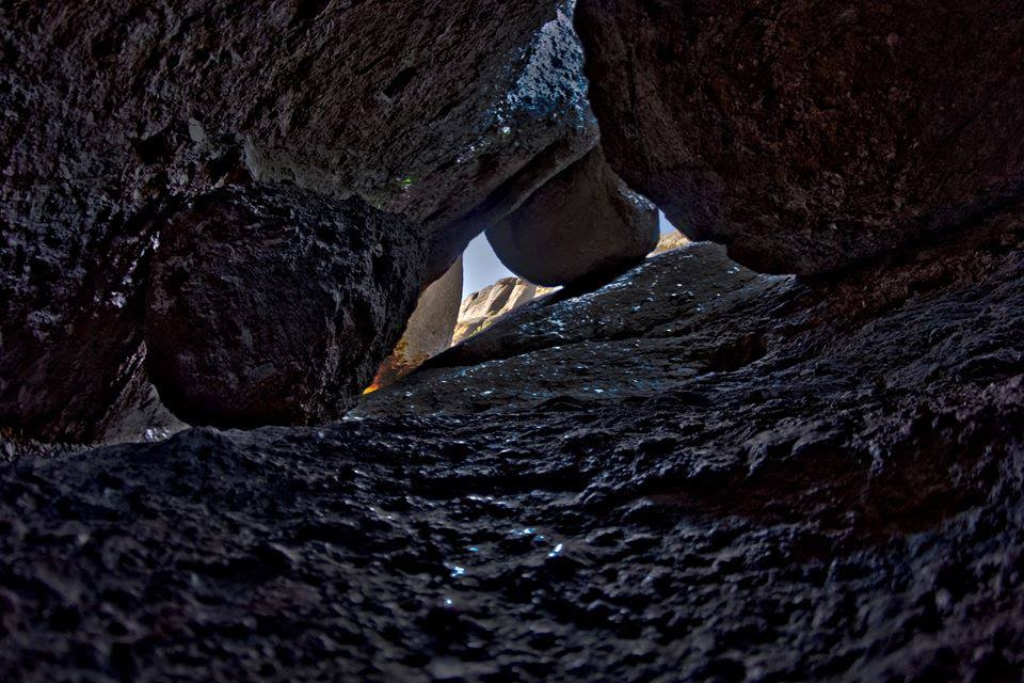
Pinnacles
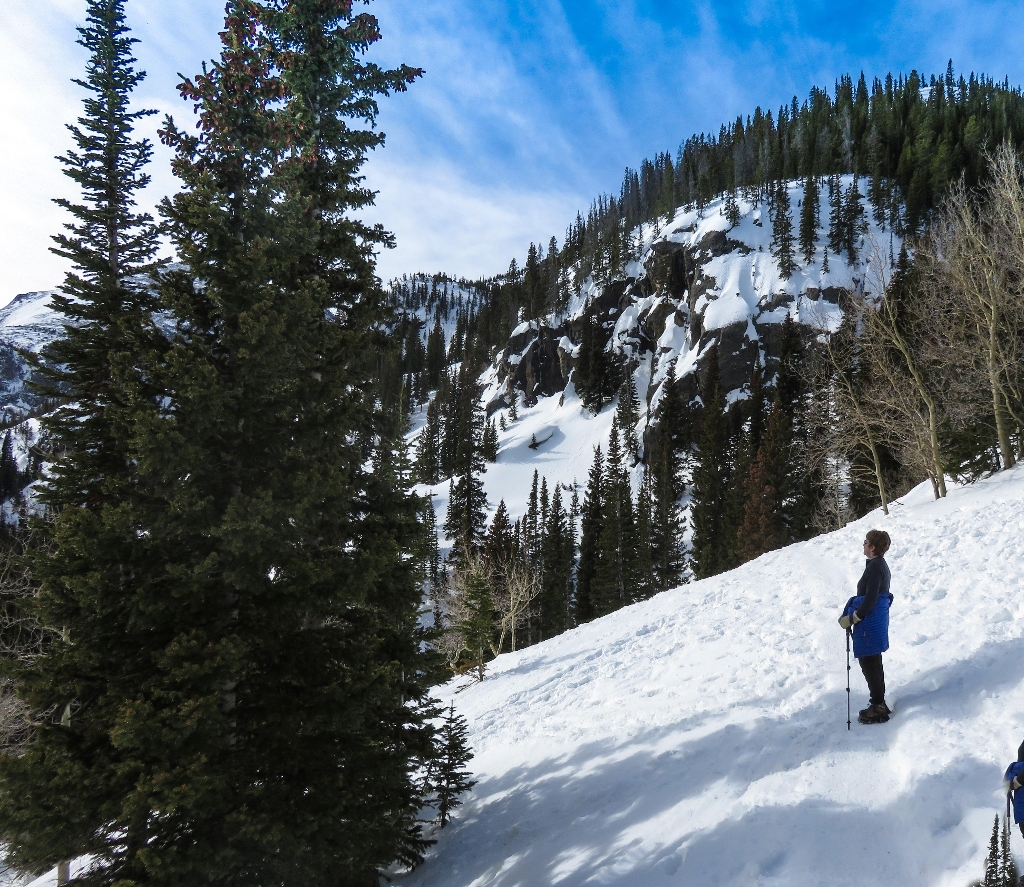
Rocky Mountain
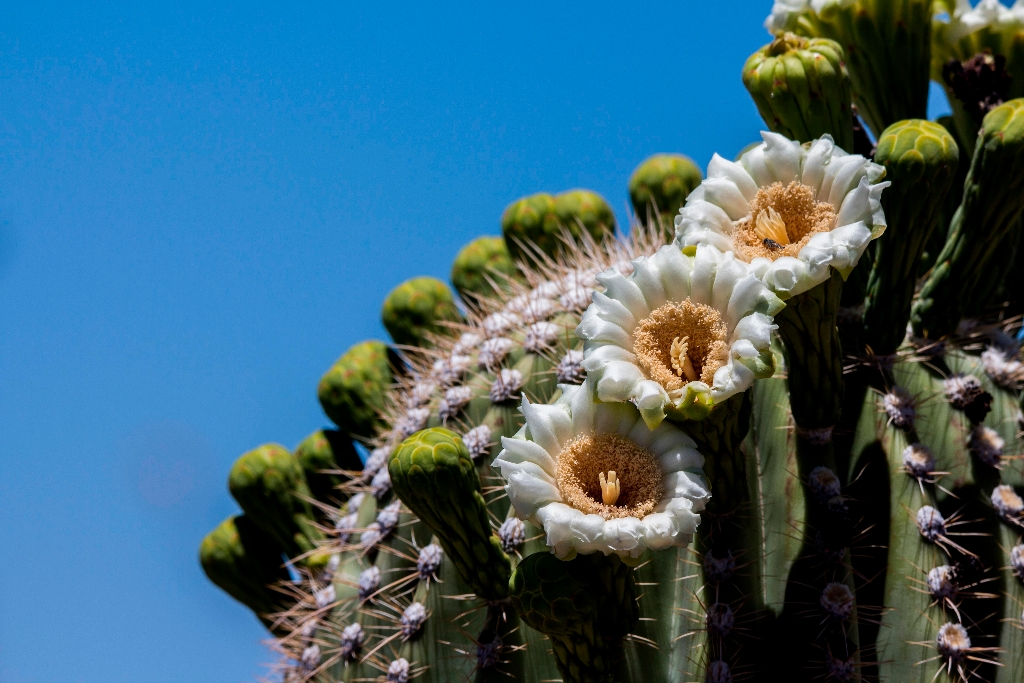
Saguaro
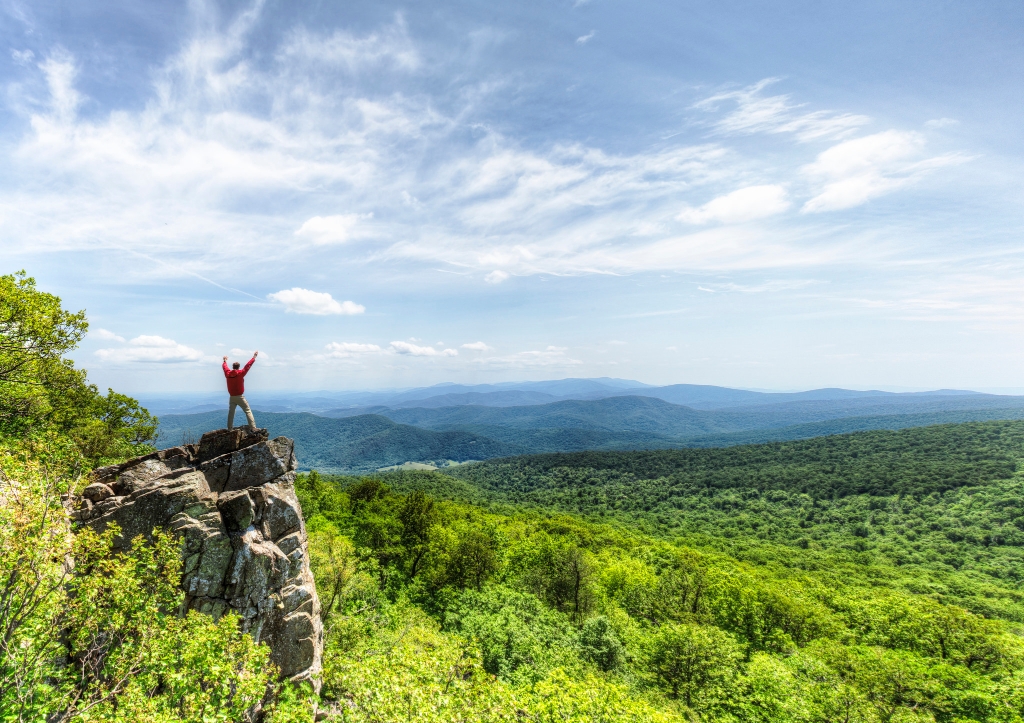
Shenandoah
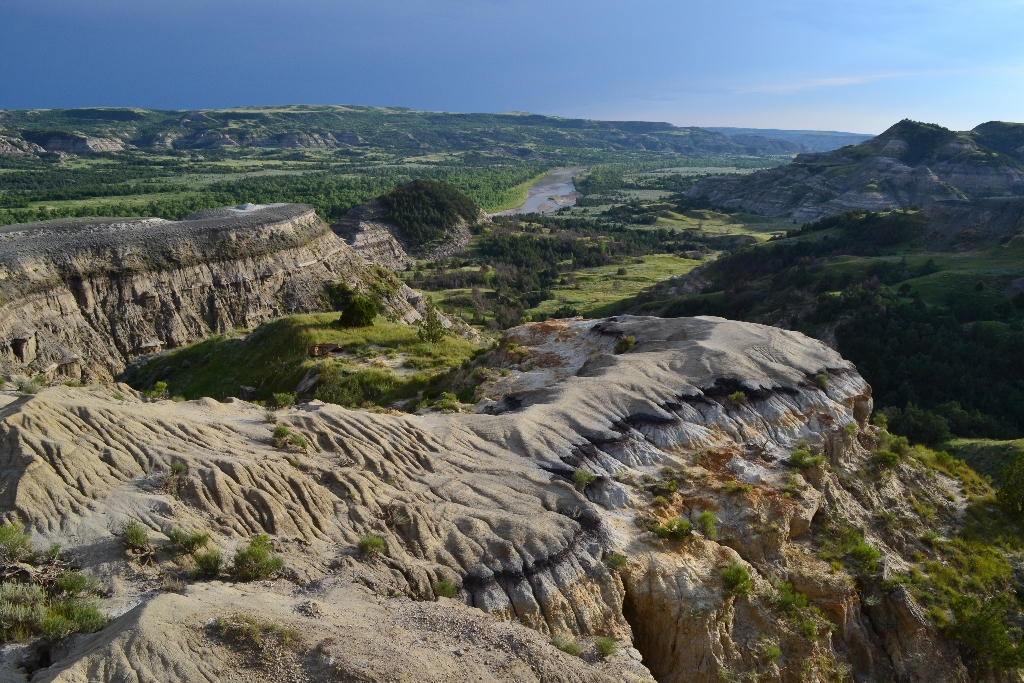
Theodore Roosevelt
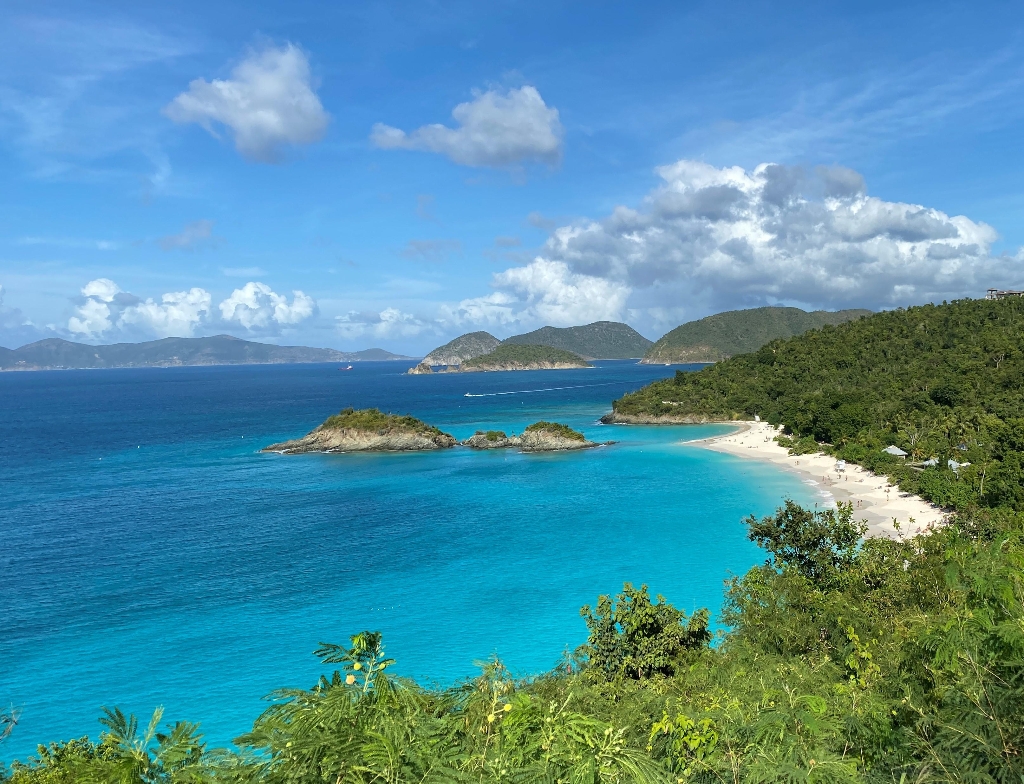
Virgin Islands
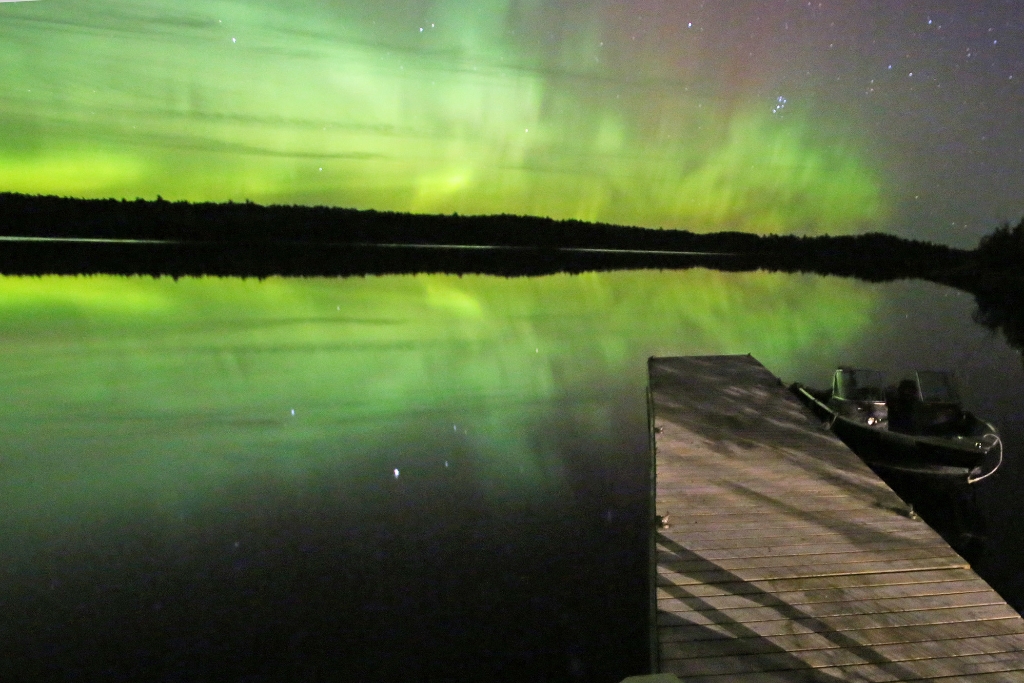
Voyageurs
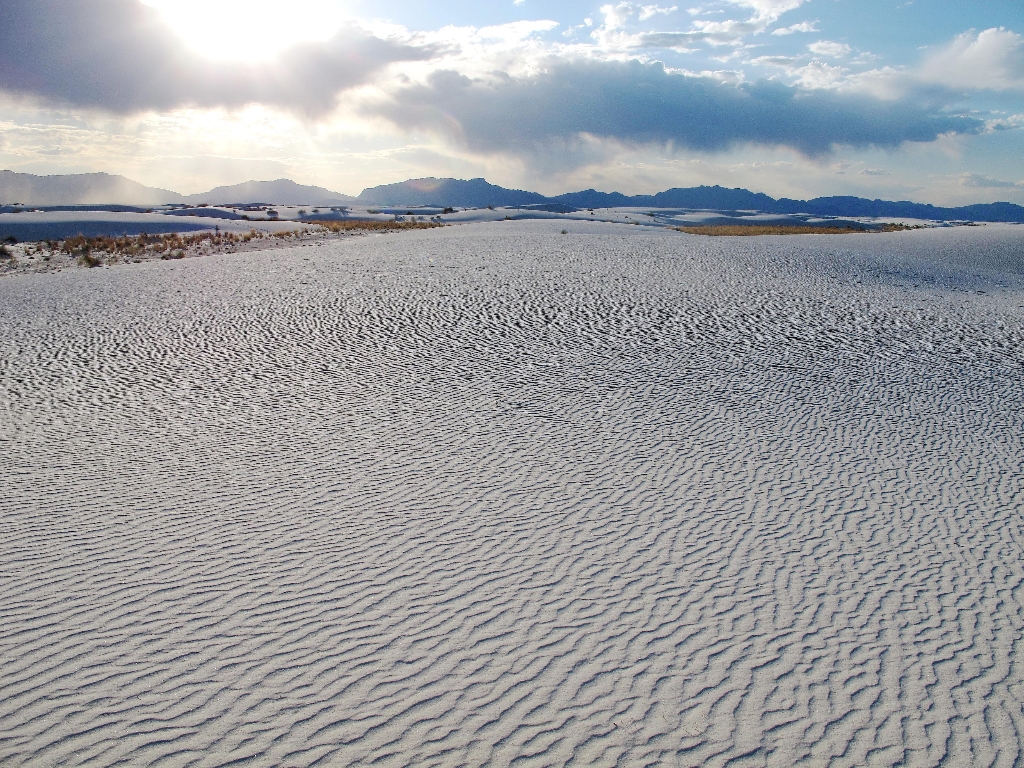
White Sands
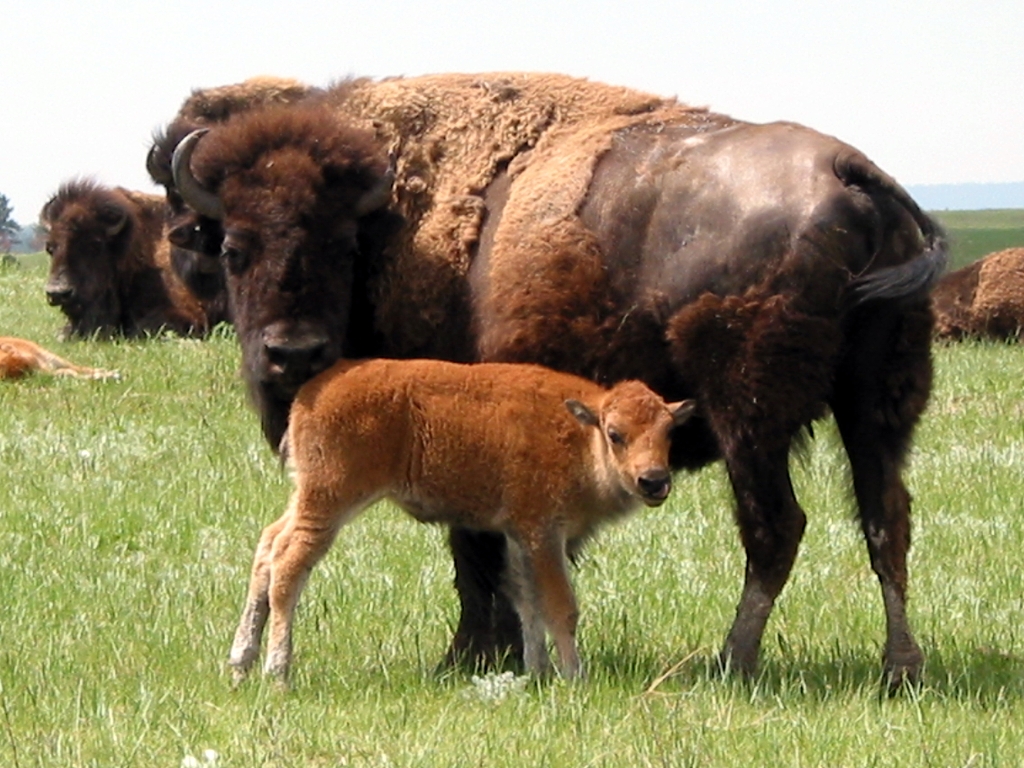
Wind Cave
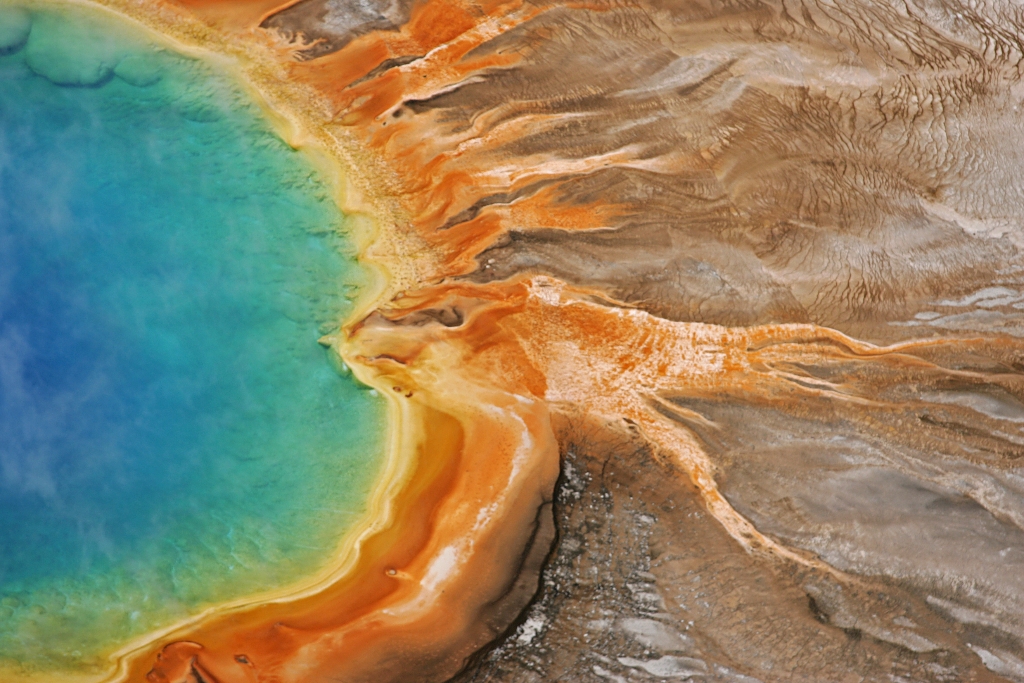
Yellowstone
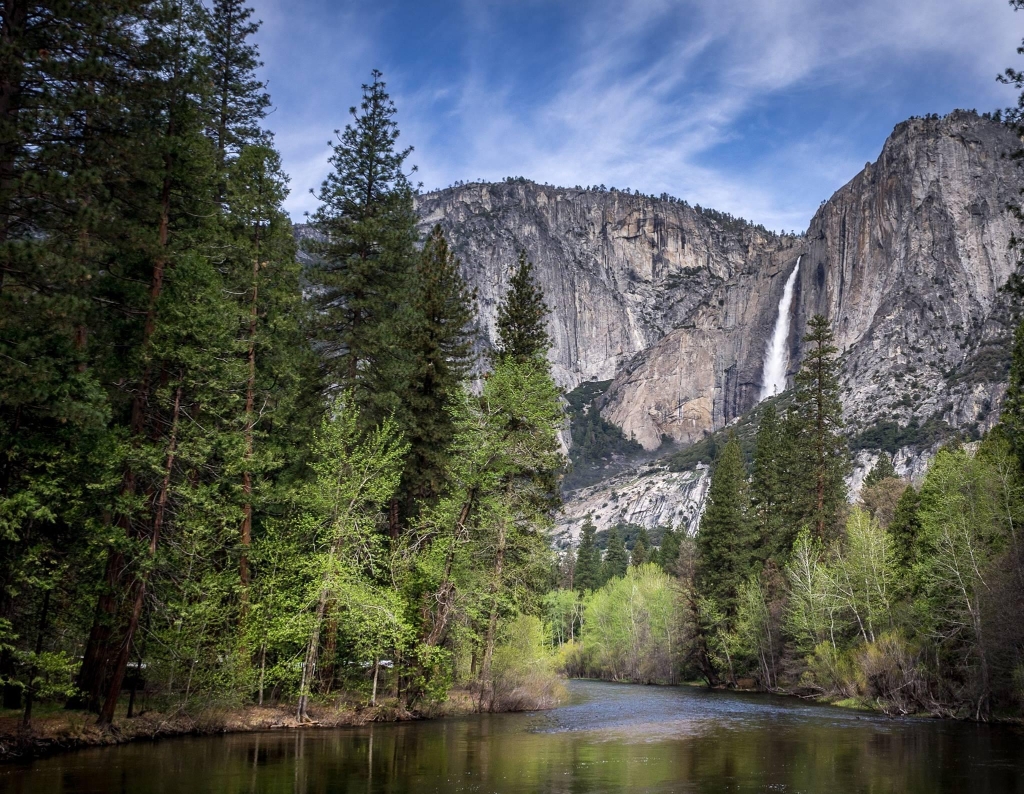
Yosemite

Zion